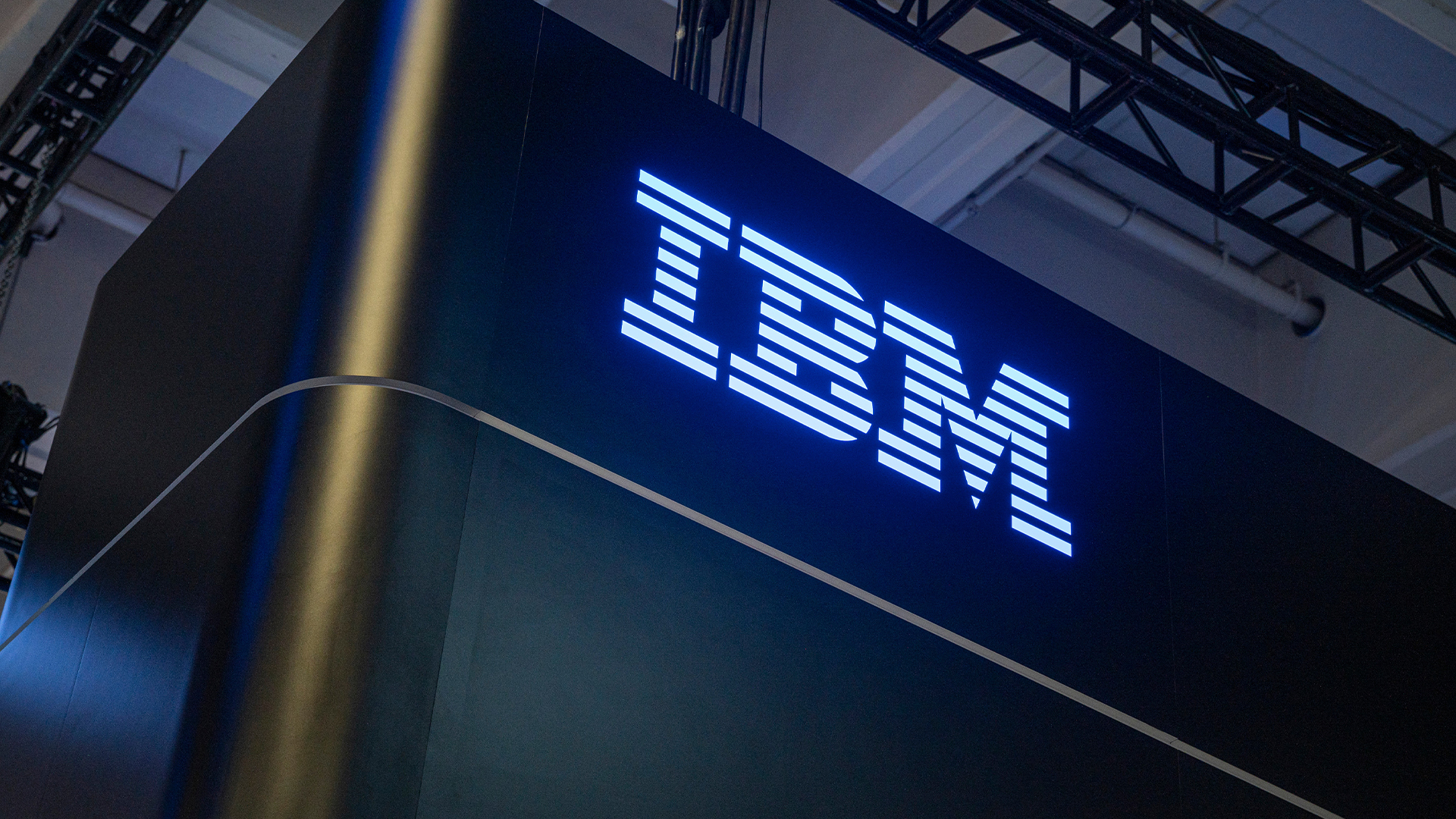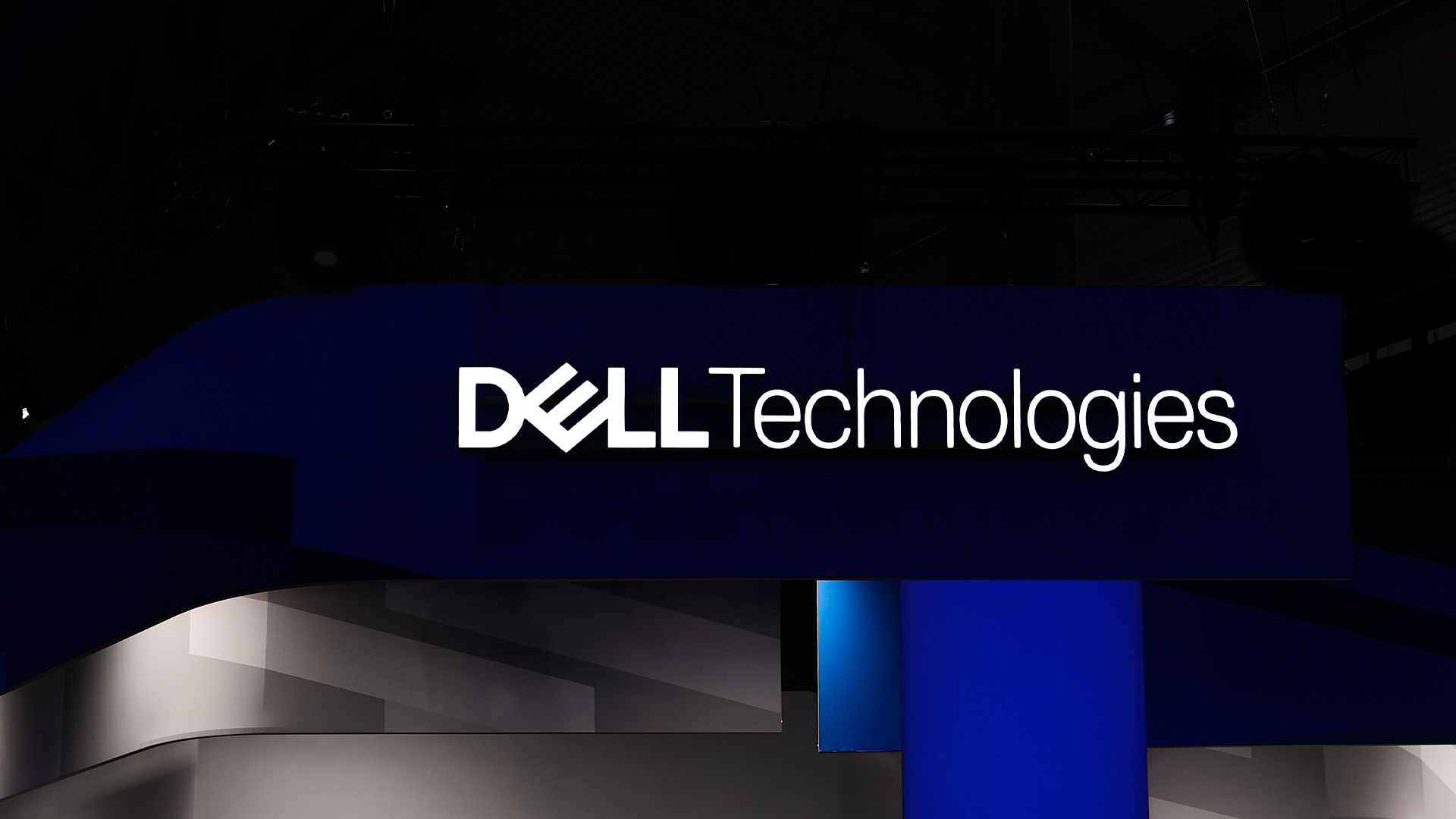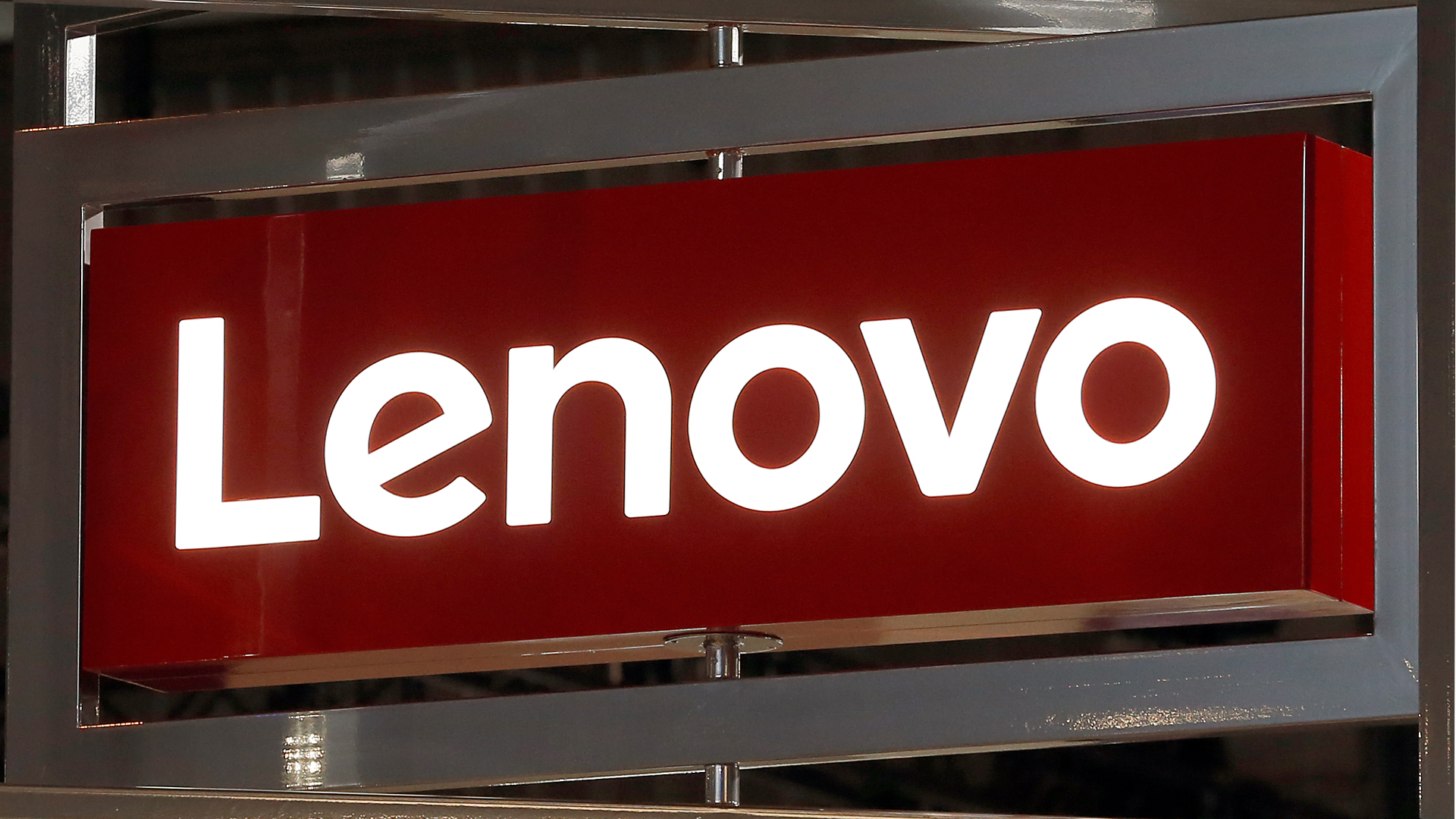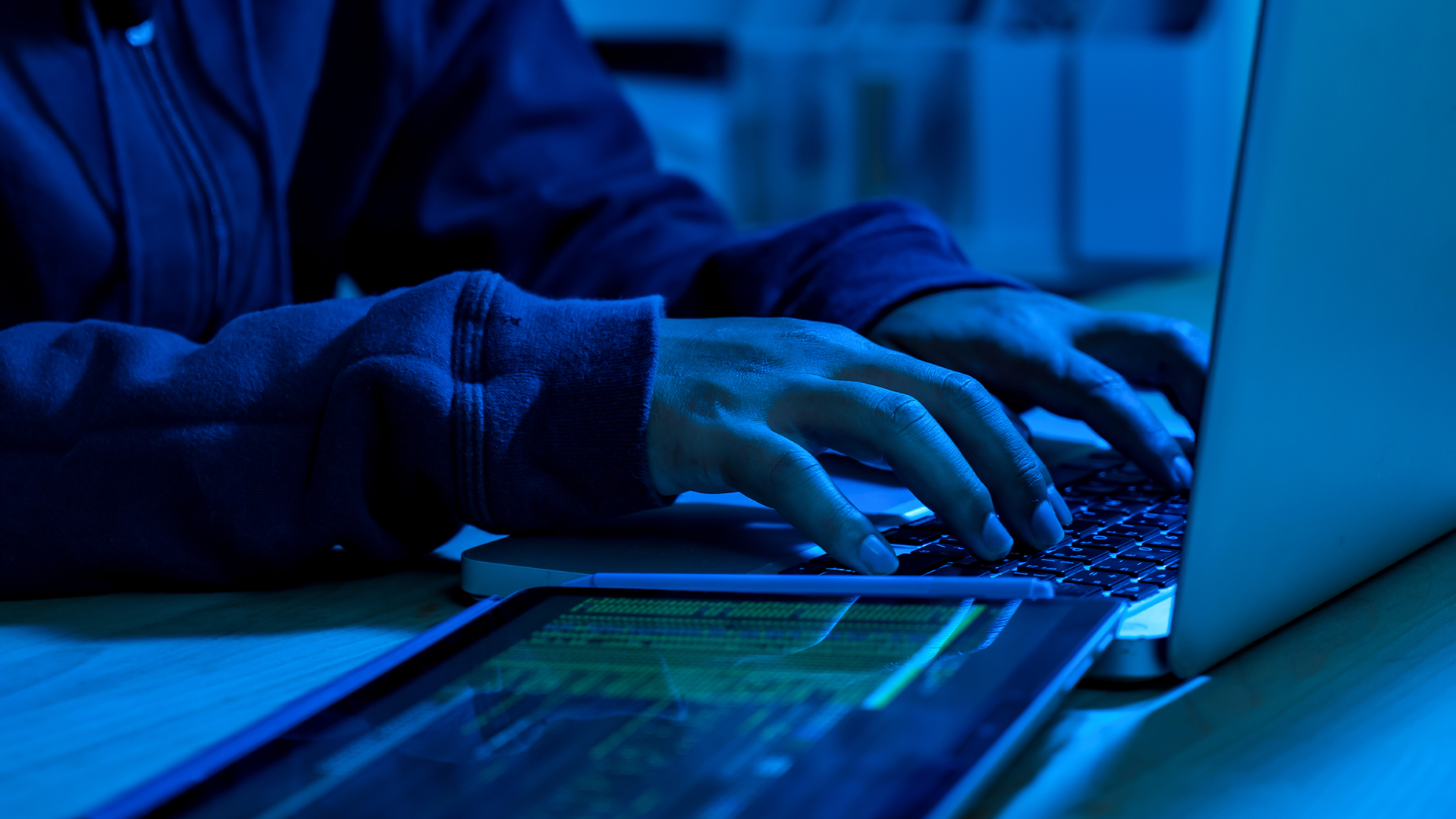RSA hackers exploit Adobe flaw
RSA reveals how its servers were compromised after hackers used spear phishing, an Excel document and an Adobe Flash vulnerability.


The notorious hack which hit RSA last month, when data on one of the security firm's token products was stolen, used a known flaw in Adobe Flash.
Low-level employees were targeted by two different phishing emails over a two-day period, the company revealed on a blog over the weekend.
The messages came attached with an Excel document entitled 2011 Recruitment plan.xls,' and contained a zero-day exploit which took advantage of a now-patched Adobe Flash vulnerability.
The hackers then moved to install a remote administration tool, before gaining access privileges for the targeted SecurID data and files.
The files were stolen and sent to an external machine at a hosting provider.
"In our case the weapon of choice was a Poison Ivy variant set in a reverse-connect mode that makes it more difficult to detect, as the PC reaches out to the command and control rather than the other way around," said Uri Rivner, head of new technologies for consumer identity protection at RSA.
Rivner stressed RSA was quick to detect the Advanced Persistent Threat (APT) something other companies have not been able to do.
Sign up today and you will receive a free copy of our Future Focus 2025 report - the leading guidance on AI, cybersecurity and other IT challenges as per 700+ senior executives
"I've been talking to many CISOs in corporations that were hit by similar APTs and a lot of companies either detected the attacks after months, or didn't detect them at all and learned about it from the Government," Rivner said.
"This is not a trivial point: by detecting what is happening early on, RSA was able to respond quickly and engage in immediate countermeasures."
RSA was also keen to defend the way it handled the attack after it hit.
"[RSA] secured their internal systems, and provided customers with specific recommendations designed to ensure their systems were secured as well," said Mischel Kwon, a former president of the United States Computer Emergency Readiness Team (US-CERT), in a blog post on the RSA website.
"Understanding the level of information RSA gave their customers, you understand how RSA deliberately and carefully released the right amount of information to protect the customer, but did not release information that would create unintended risk. This was a difficult balance."
Kwon, who was once vice president of public sector security for RSA, but now owns her own consulting firm, criticised a number of security pros for giving "very uninformed opinions" to the press.
"Understanding who is involved and who is not is critical. RSA was very deliberate and responsible in getting the correct mitigation strategy to those who would need itthe customers," she added.
Tom Brewster is currently an associate editor at Forbes and an award-winning journalist who covers cyber security, surveillance, and privacy. Starting his career at ITPro as a staff writer and working up to a senior staff writer role, Tom has been covering the tech industry for more than ten years and is considered one of the leading journalists in his specialism.
He is a proud alum of the University of Sheffield where he secured an undergraduate degree in English Literature before undertaking a certification from General Assembly in web development.
-
 Two Fortinet vulnerabilities are being exploited in the wild – patch now
Two Fortinet vulnerabilities are being exploited in the wild – patch nowNews Arctic Wolf and Rapid7 said security teams should act immediately to mitigate the Fortinet vulnerabilities
-
 Everything you need to know about Google and Apple’s emergency zero-day patches
Everything you need to know about Google and Apple’s emergency zero-day patchesNews A serious zero-day bug was spotted in Chrome systems that impacts Apple users too, forcing both companies to issue emergency patches
-
 Security experts claim the CVE Program isn’t up to scratch anymore — inaccurate scores and lengthy delays mean the system needs updated
Security experts claim the CVE Program isn’t up to scratch anymore — inaccurate scores and lengthy delays mean the system needs updatedNews CVE data is vital in combating emerging threats, yet inaccurate ratings and lengthy wait times are placing enterprises at risk
-
 IBM AIX users urged to patch immediately as researchers sound alarm on critical flaws
IBM AIX users urged to patch immediately as researchers sound alarm on critical flawsNews Network administrators should patch the four IBM AIX flaws as soon as possible
-
 Critical Dell Storage Manager flaws could let hackers access sensitive data – patch now
Critical Dell Storage Manager flaws could let hackers access sensitive data – patch nowNews A trio of flaws in Dell Storage Manager has prompted a customer alert
-
 Flaw in Lenovo’s customer service AI chatbot could let hackers run malicious code, breach networks
Flaw in Lenovo’s customer service AI chatbot could let hackers run malicious code, breach networksNews Hackers abusing the Lenovo flaw could inject malicious code with just a single prompt
-
 Industry welcomes the NCSC’s new Vulnerability Research Initiative – but does it go far enough?
Industry welcomes the NCSC’s new Vulnerability Research Initiative – but does it go far enough?News The cybersecurity agency will work with external researchers to uncover potential security holes in hardware and software
-
 RSAC in focus: Key takeaways for CISOs
RSAC in focus: Key takeaways for CISOsThe RSAC Conference 2025 spotlighted pivotal advancements in agentic AI, identity security, and collaborative defense strategies, shaping the evolving mandate for CISOs.


